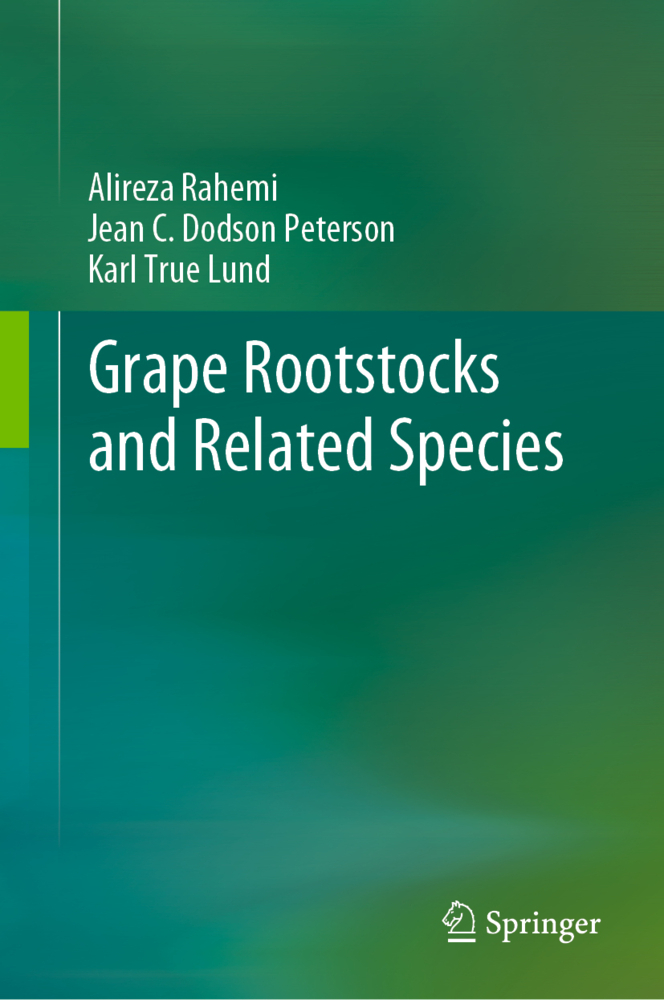Grape Rootstocks and Related Species
Grape Rootstocks and Related Species
This book covers about 20 grape species that are vitally important in breeding programs and provide information on approximately 150 of the most familiar grape rootstocks in the world.
Today, grape rootstocks play a fundamental role in resistance to biotic and abiotic stresses and adaptation of grapevine to different environmental conditions, a factor that has
opened commercial grape growing up to regions that might otherwise be overlooked. Grape rootstocks can be used for adaptation to a variety of soil conditions, including
soil texture, depth, nutrient availability, pH, salinity, lime content, water availability (drought), and water drainage. Rootstocks can also be used to shift scion cultivar; the
timing of various key phenological events and indirectly affects vineyard design. There are around 1500 grape rootstocks developed in the world, of which around 50 are commonly used as commercial rootstock. North American species account for around 30 species, and two-third of them have already been used for rootstock breeding at one time or another. However, the most commonly available rootstocks are derived from
just three American species (V. berlandieri, V. rupestris, and V. riparia). Therefore, the most common grape rootstocks have a narrow genetic base, and efforts to extend the
gene pools for breeding programs by using the other species are of ongoing importance to the industry and scientific community.
Introduction
Grape Species.- Grape Rootstocks Breeding.- Grape Scion And RootstockBiotic Stresses And Rootstock Selection
Abiotic Stresses And Rootstock Selection
Rootstocks And Vineyard Design Considerations.- Function Of Grape Rootstock
Choosing Grape Rootstock
Nursery Stock Certification And Testing Programs.- Commercial Grape Rootstocks Selections.
Rahemi, Alireza
Dodson Peterson, Jean C.
Lund, Karl True
| ISBN | 978-3-030-99409-9 |
|---|---|
| Artikelnummer | 9783030994099 |
| Medientyp | Buch |
| Copyrightjahr | 2023 |
| Verlag | Springer, Berlin |
| Umfang | XVIII, 201 Seiten |
| Abbildungen | XVIII, 201 p. 32 illus., 17 illus. in color. |
| Sprache | Englisch |








